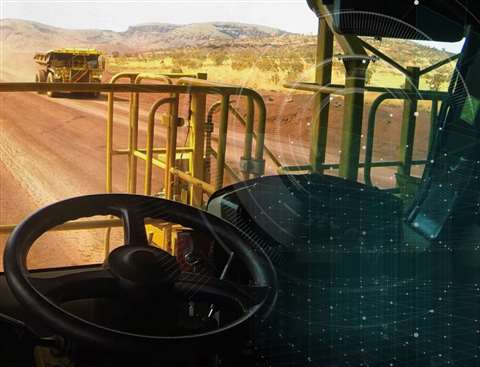Caterpillar, the world leading in construction OEM (original equipment manufacturing), has indicated its full intention to adopt Artificial Intelligence (AI) in Construction to improve its own business along with its clientele.
Scope
The OEM remarked that, like other companies, they have optimized their production workflow through the use of machine learning and cloud computing such that engineers can now multitask and complete projects within a fraction of time that was earlier used in the past and they are using AI as part of their engineering process.
AI is data-driven technology that is able to learn and adapt, make decisions, and simulate the human cognitive actions like reasoning and solving problems by using the name chief digital officer and Cat digital senior vice president, Ogi Redzic.

“AI embraces a number of disparate branches such as machine learning, deep learning and generative AI which the last one attracts the most enthusiasm.”
Machine learning may be that computational technology can learn from past experiences and make decisions and predictions based on the data rather. Caterpillar points out to Condition Monitoring employing machine learning. Cat dealers use this technology to identify issues and PTAs by data from the sides of the machine itself.
Generative AI
GenAI refers to AI which creates new works of art, like text, graphics, video and other content. It is a breakthrough in production, getting the computers to do the tedious routines and check the same information all over again. We may take the example of GenAI used by Caterpillar technicians to query their knowledge database, which comprises of the company’s vast proprietary files. The technicians do not need to scour thousands of pages of documents or spend hours searching for answers.
Caterpillar’s Vision for AI’s Impact on Human-Machine Interaction
Even beyond, the company uses the digital technologies to build up their customers’ resolution. Such things as Cat-connected assets will be monitored by trained CMAs (Condition Monitoring Advisors) in the control room through receiving incoming data, which is analysed and acute problems addressed immediately. The days are gone when CMAs had to extract their data from different systems, perform a description, and decide the best step to support a customer .
The current time AI-enabled CAMs has presented reports that contains only data that has automatically been prepared and summarized with a recommendation already drafted. The CMA can either consider the report with no editing or edit it after providing the CMA with the recommendation. This has an effect on the amount of human-augmented involvement, but the time needed by the human to process data and generate a suggestion still remains the same.
“AI will change the way we interact with the machines and will be a major factor in the interfaces between systems”. My favorite part is how quickly, it is changing. I feel that this is awesome because of the fact that technology is really crucial nowadays, says Caterpillar’s CIO and VP of IT, Jamie Engstrom.
“One could expect the industry to grow, and predict the LLMs accuracy to get better.” In this way, we’ll see improvements thanks to the maturing of the industry.
Engstrom and her crew have created a Intelligent Automation Center of Excellence and a GenAI community that employees can cluster and experiment with GenAI use cases.
Read also Revolutionising Construction Quality Control With Image Processing Technology
Read also Construction technology trends to watch

